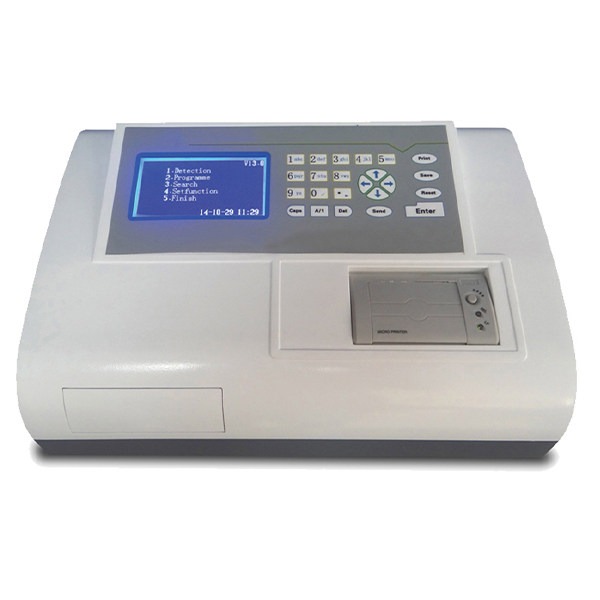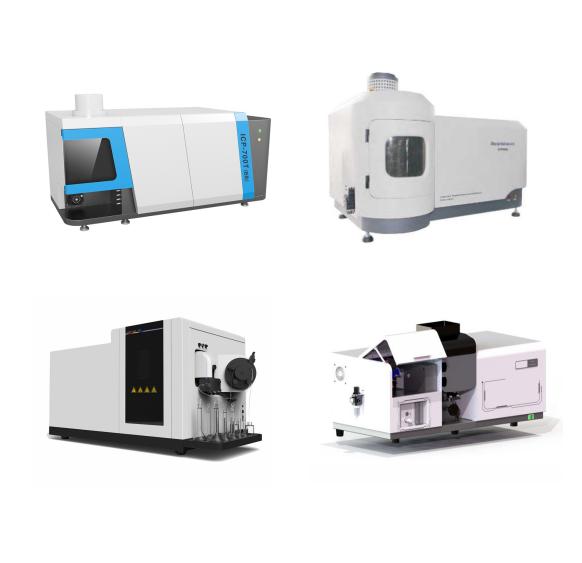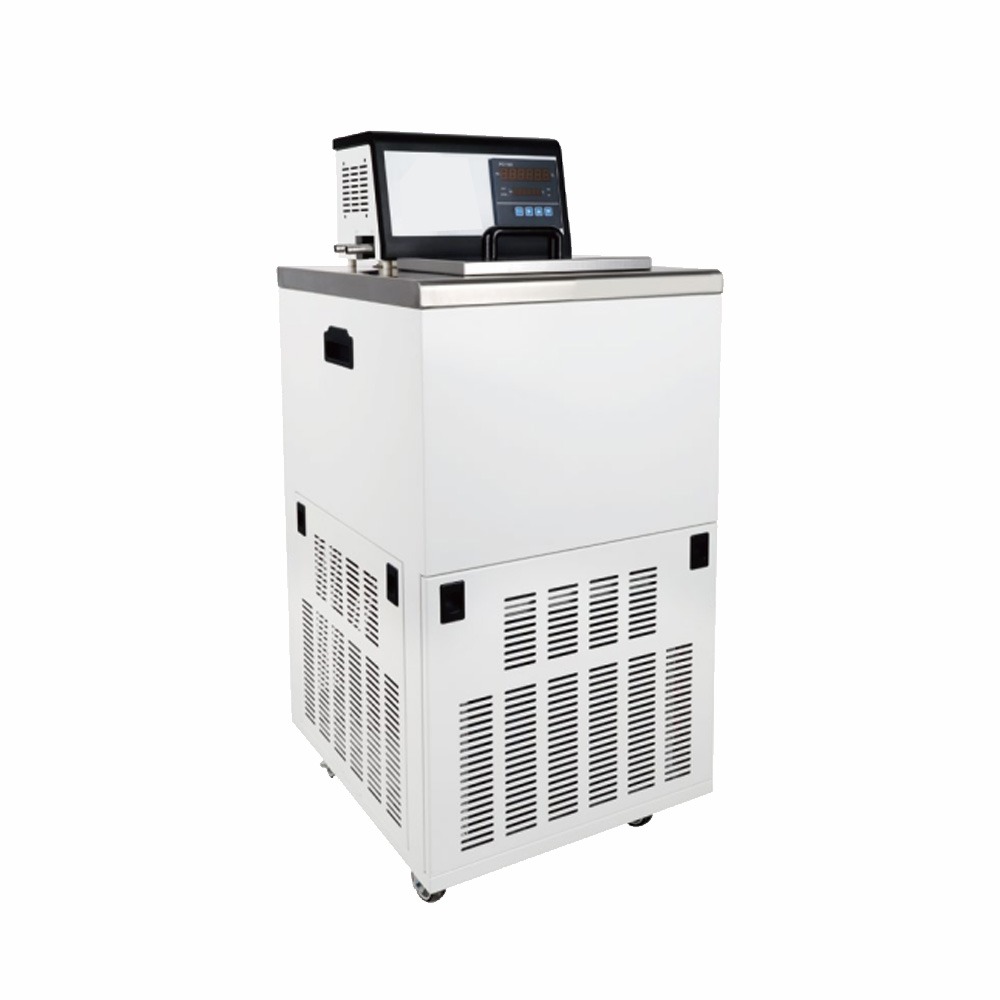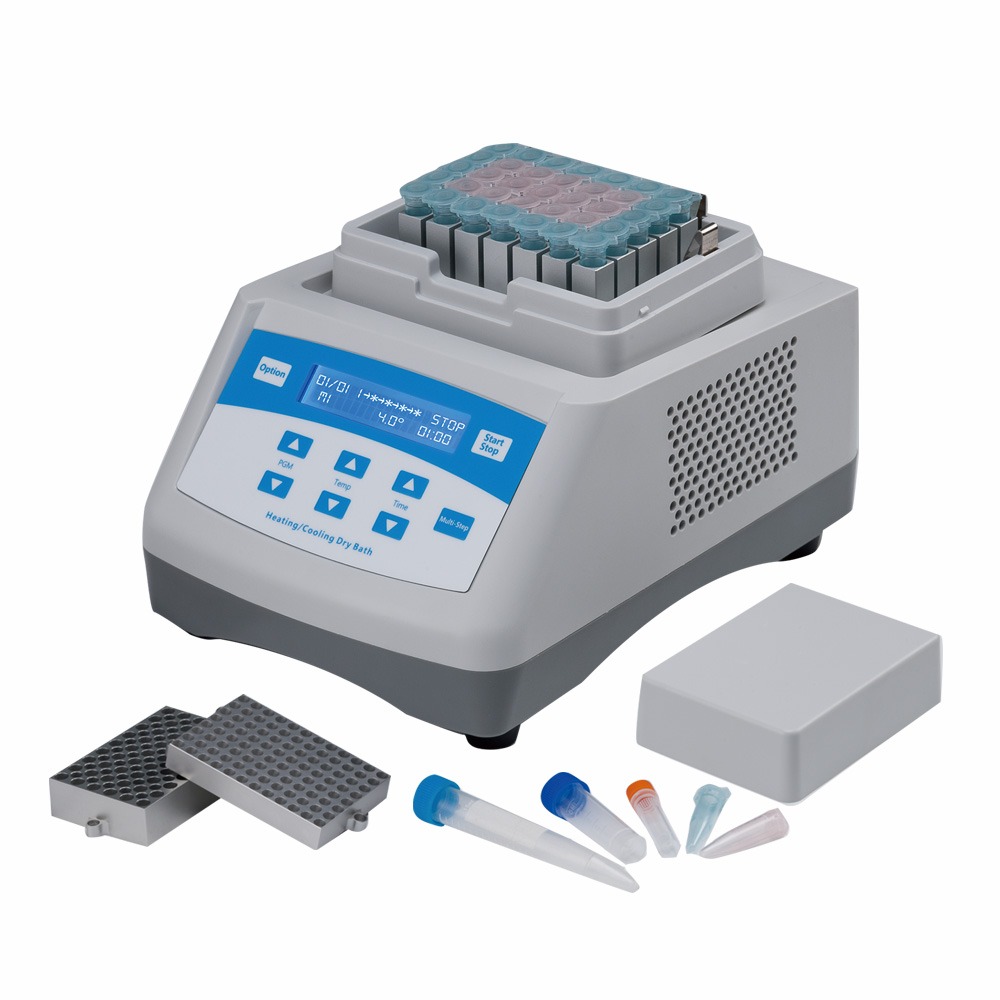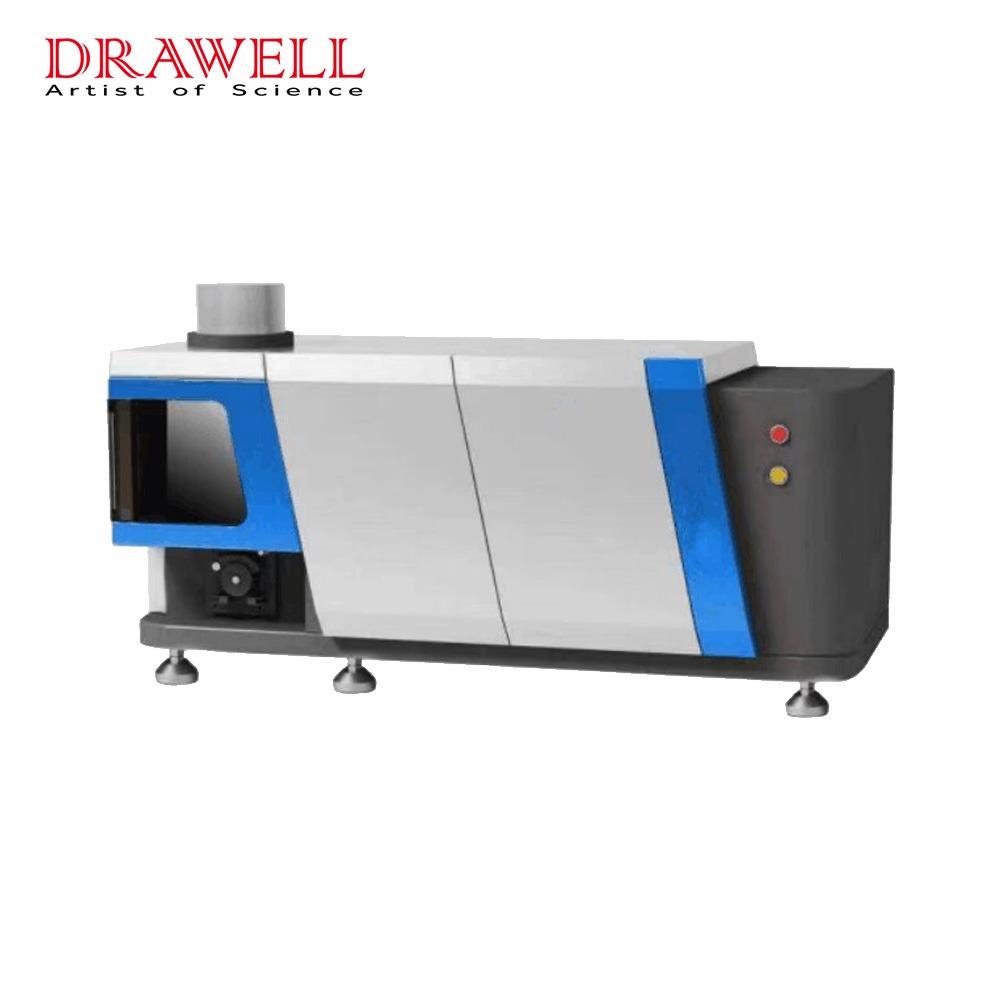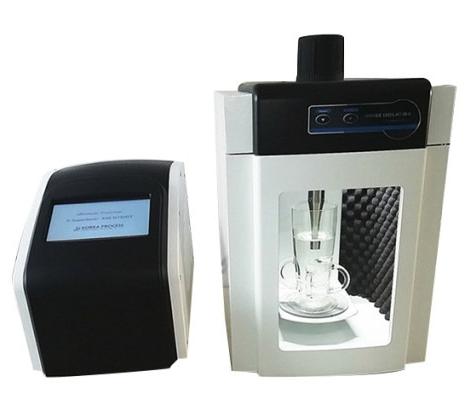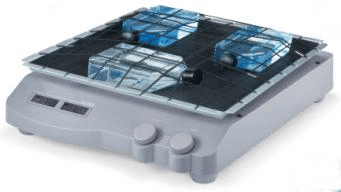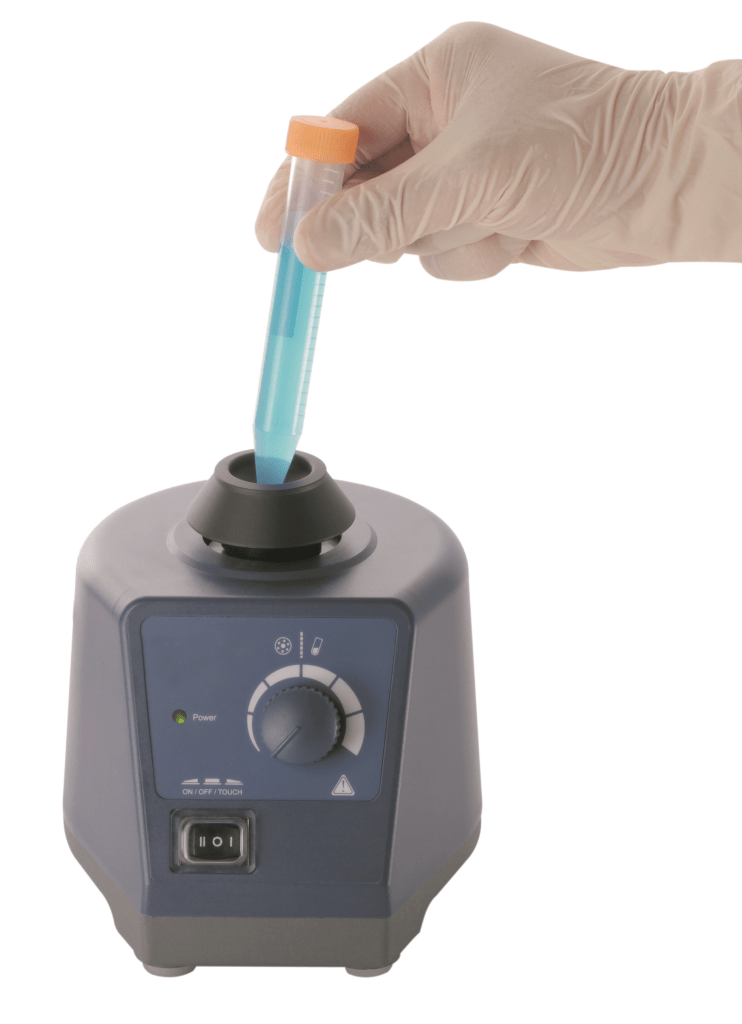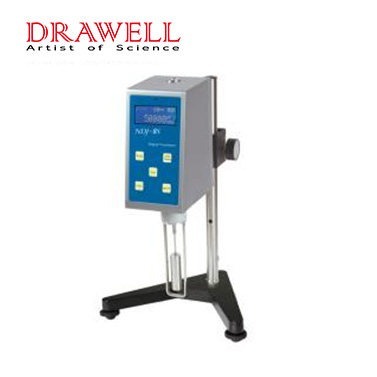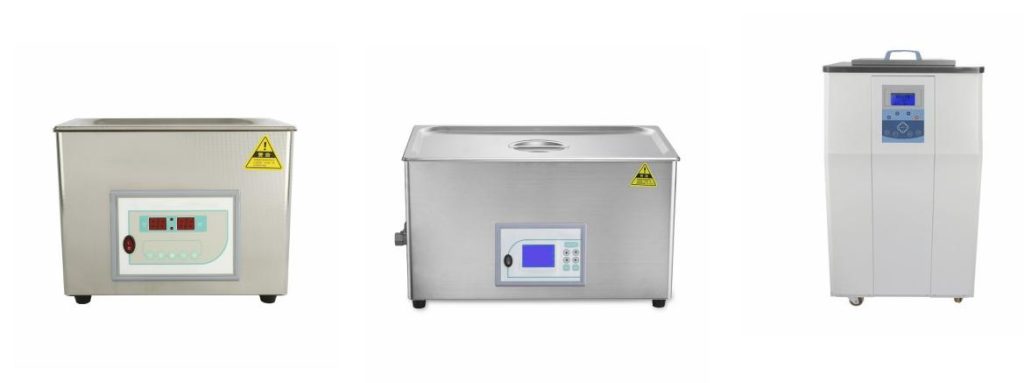News
Why High-throughput Screening in ELISA Microplate Readers is Critical
ELISA microplate reader is designed to measure absorbance, fluorescence, or luminescence signals in microplate-based assays. One of the major advancements in modern ELISA testing is high-throughput screening, which dramatically increases the speed, efficiency, and scalability of biological assays. This article focuses on how high-throughput screening in ELISA microplate readers has revolutionized laboratory diagnostics and its applications in diverse scientific fields. What…
Lab Spectrometer Comparison: When to Choose ICP-AES, ICP-OES, ICP-MS, or AAS
Spectroscopy, the study of the interaction between matter and electromagnetic radiation, is a fundamental technique in analytical chemistry. It enables scientists to identify and quantify elements within a sample, making it invaluable across various industries, from environmental monitoring to pharmaceutical research. Among the numerous techniques available, ICP-AES (Inductively Coupled Plasma Atomic Emission Spectroscopy), ICP-OES (Inductively Coupled…
What Enables Rapid Heating and Cooling in Water Baths
Water baths are indispensable in laboratories, providing a controlled environment for heating, cooling and maintaining temperatures essential for various scientific and industrial processes. The advancement of rapid heating and cooling technologies has greatly enhanced their functionality, making them more efficient and versatile. This article explores how rapid heating and cooling technologies in water baths work, their enabling mechanisms, their…
5 Reasons to Choose Dry Bath Incubators Rather than Traditional Water Baths
In laboratory settings, precise temperature control is crucial for many experiments and procedures. While traditional water baths have long been a staple in laboratories, dry bath incubators are rapidly gaining popularity due to their numerous advantages. Here we explore five key reasons why dry bath incubators are the better choice for laboratories, and how they can enhance…
How ICP-AES Benefits the Metallurgical Industry
The metallurgical industry is critical for developing and producing materials that support various industries, including construction, transportation, and electronics. At the heart of this industry lies the need for precise elemental analysis to ensure material quality, performance, and compliance with strict standards. Inductively Coupled Plasma Atomic Emission Spectroscopy (ICP-AES) has emerged as a powerful analytical…
How to Use Ultrasonic Homogenizers: A Detailed Step-by-step Guide
Ultrasonic homogenizers are powerful tools widely used in laboratories and industries for tasks such as emulsification, cell disruption and nanoparticle dispersion. To maximize their benefits, it’s essential to understand how to use them effectively. This article will outline best practices, safety tips, and operational insights for using ultrasonic homogenizers. Understanding the Basics of Ultrasonic Homogenizers An ultrasonic…
Top 10 Uses of Digital Orbital Shakers in Laboratory
Digital orbital shakers are essential pieces of laboratory equipment that provide consistent, controlled, and gentle mixing for various applications. Unlike traditional shakers, digital orbital shakers offer precise control over speed, time, and movement patterns, making them indispensable across numerous scientific disciplines, from biology and chemistry to environmental science and food technology. Here we focus on the top…
How Vortex Mixers Work for Sensitive Sample Handling in Biochemistry and Molecular Biology
For biochemistry and molecular biology, precise sample handling is crucial for ensuring reliable results and maintaining the integrity of experiments. Vortex mixers are essential tools in these fields, known for their ability to mix small liquid samples efficiently. This article delves into the importance of vortex mixers, their features tailored for sensitive sample handling, the benefits and…
How to Use the Rotational Viscometer
Rotational viscometers are essential tools in laboratories and industries. Understanding viscosity—the resistance of a fluid to flow—helps in evaluating product consistency, quality, and performance. Learning to use a rotational viscometer is vital for anyone involved in product formulation, quality assurance, or process management, as it provides insights that support quality, safety, efficiency, and innovation across various…
Choosing the Best Ultrasonic Cleaner for Delicate Items
Ultrasonic cleaners are renowned for their ability to deliver deep, gentle cleaning for a wide range of items. For delicate pieces, this cleaning method offers significant benefits by providing a thorough clean without abrasive scrubbing. Delicate items often have complex structures or sensitive materials that can easily be scratched, damaged, or affected by traditional cleaning methods….


